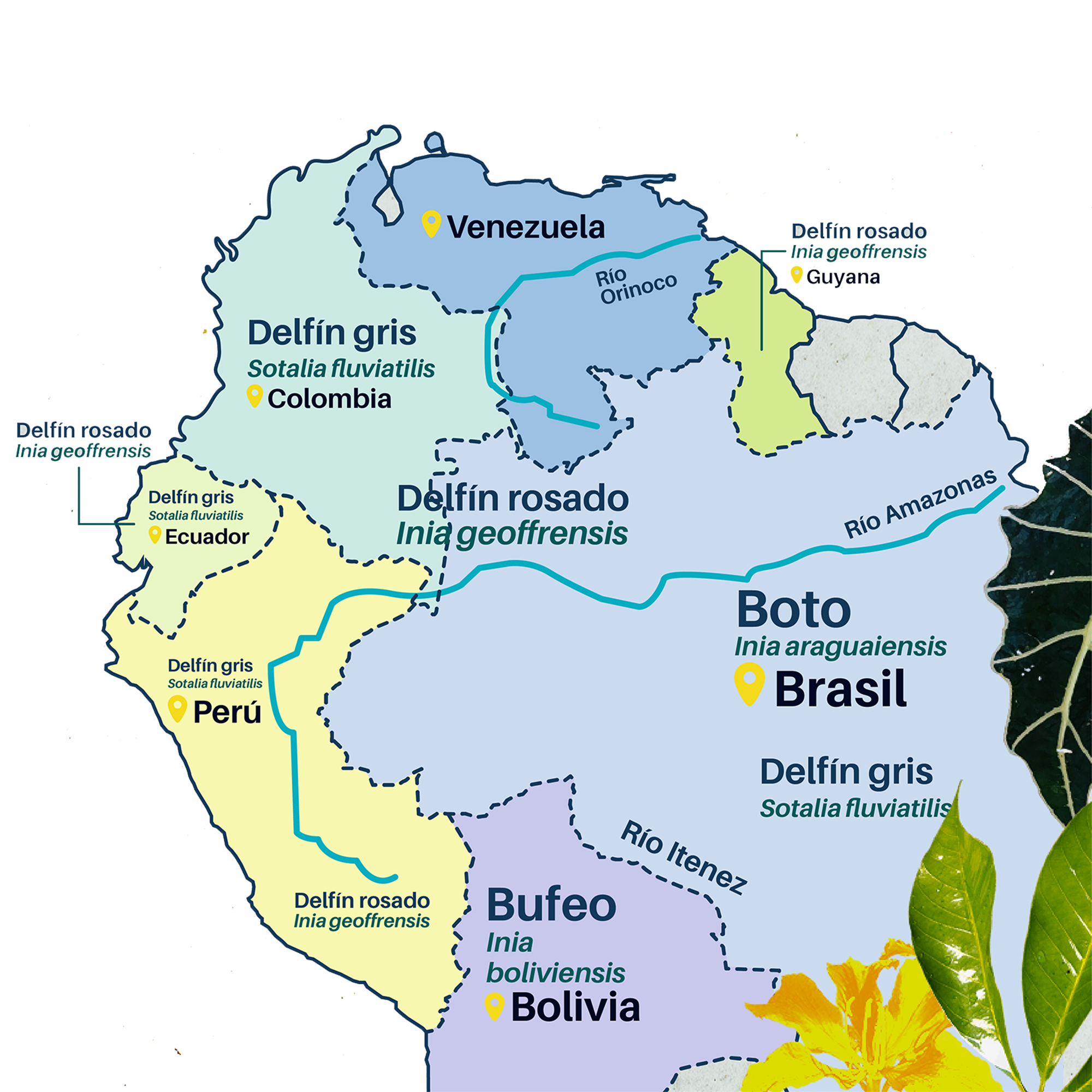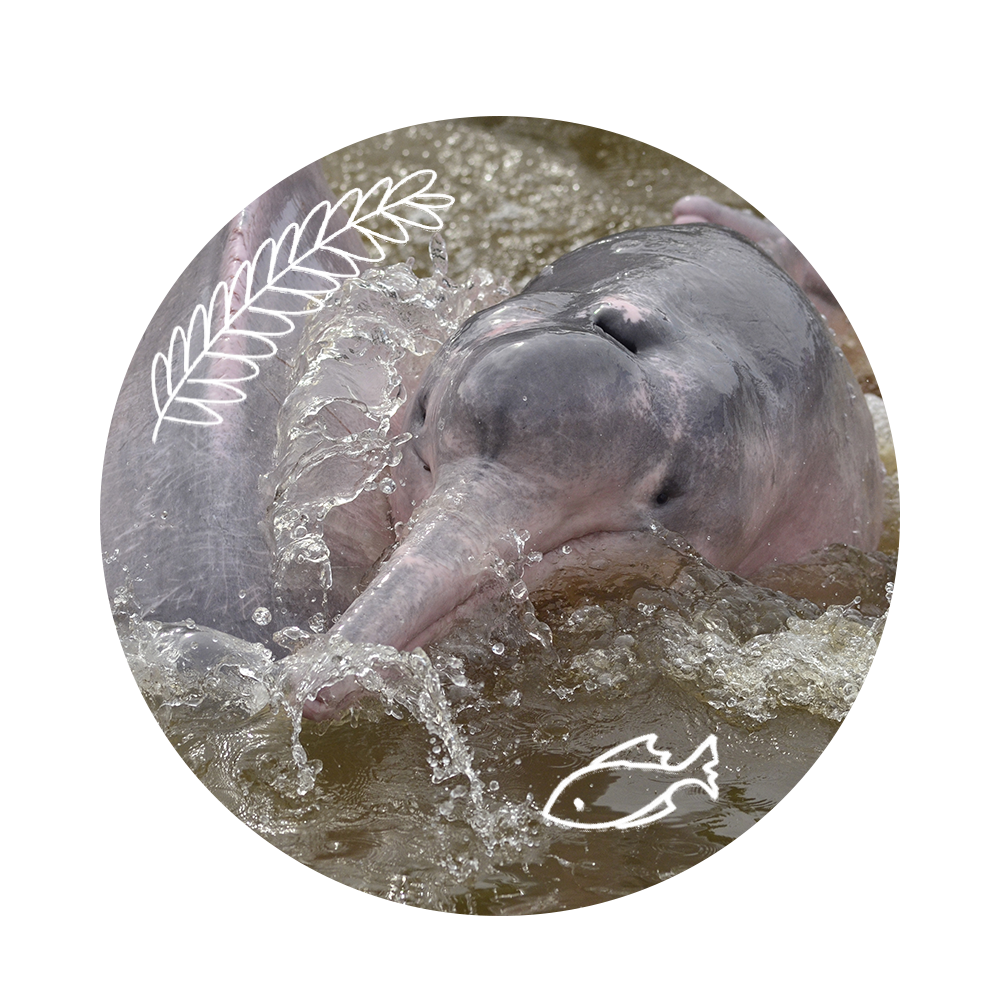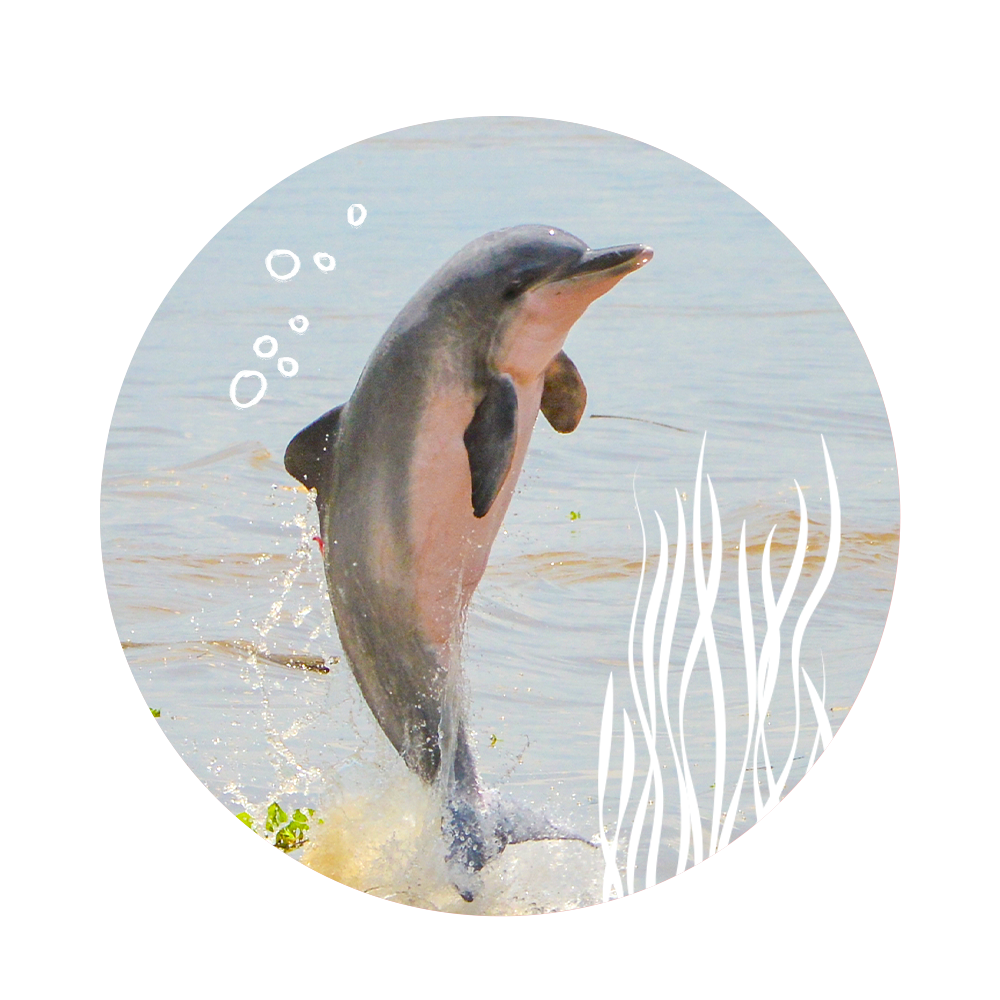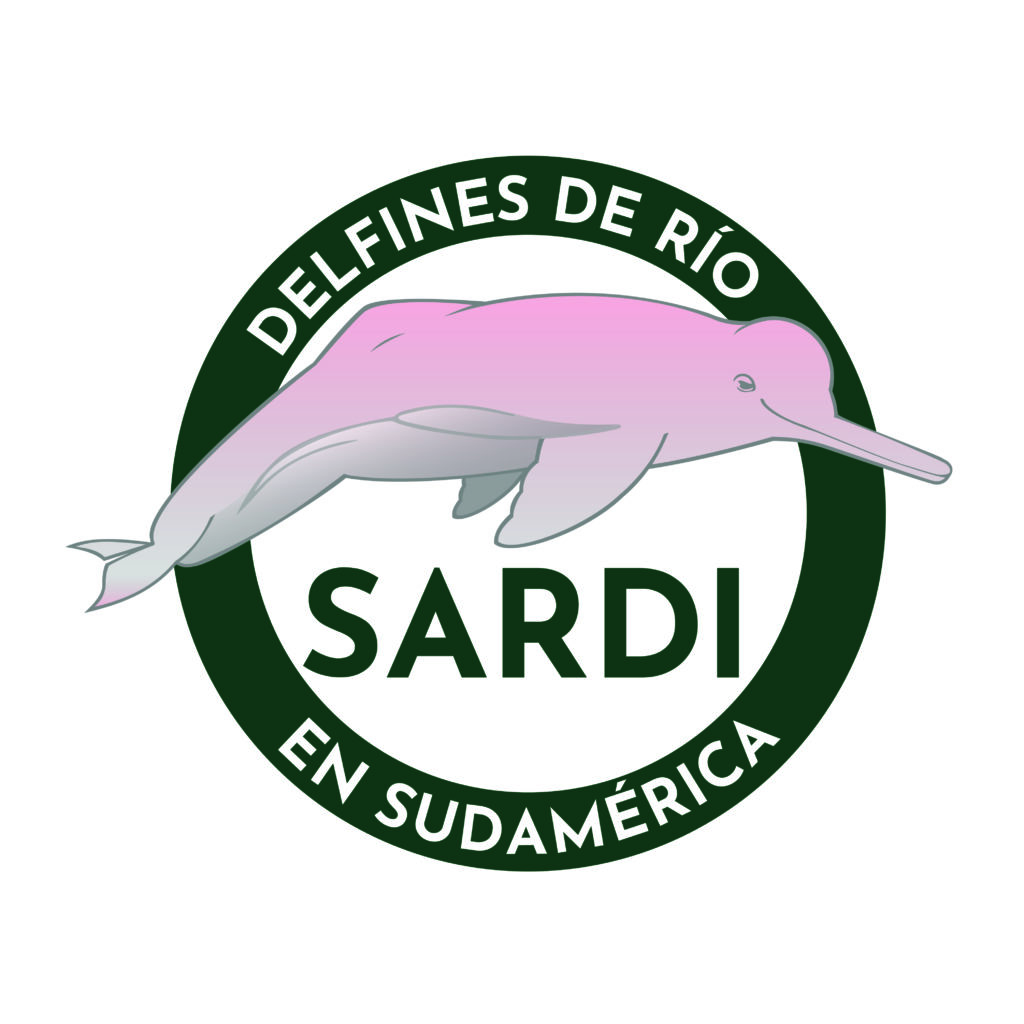Dolphin species in South America
SOUTH AMERICAN RIVER DOLPHIN INITIATIVE SARDI
River Dolphin Diversity in South America: Focus on the Orinoco and the Amazon

These are the species that we know best and that are recognized by the scientific community:

Inia geoffrensis
The pink dolphin, the largest freshwater dolphin in the world, measuring up to 2.8 meters and can weigh 180 kilos

Tucuxi / Sotalia Fluviatilis
The gray dolphin, which reaches 1.6 meters and weighs around 50 kilos.
In addition, there are other species that are not yet internationally recognized.

Inia araguaiensis
Also known as the Araguaia boto, this species has a different genetic variation from the rest of Inias, since it is isolated in Brazil due to dams

Inia boliviensis
Also known as Bufeo, this species has a different genetic variation from the rest of Inias, since it is isolated in Bolivia due to dams.
The trend in South America is the decrease of its main threats populations:
Conflicts with fishing activities such as bycatch in fishing nets.
Hunting and illegal trade
The hydroelectric plants
Mercury Pollution
Deforestation

Together it is possible to conserve these species and their freshwater homes!
We are part of the South American River Dolphin Initiative (SARDI), an organization dedicated to the preservation and protection of river dolphins, and we are proud to be part of a network committed to the conservation of these wonderful aquatic mammals and their habitats. As active members of SARDI, we carry out a series of strategic actions and significant activities to fulfill our mission:

We carry out expeditions to analyze dolphin population trends (and thus know if they are increasing, decreasing or remaining stable) using technology such as satellite tracking.

We promote advocacy actions, together with partners and governments, to create action plans that contribute to the conservation of dolphins and rivers.

We provide information for the expansion of protected areas and establishment of biological corridors for these species.

We also support partners' work with local communities on fishing pedagogy and conflict reduction.
